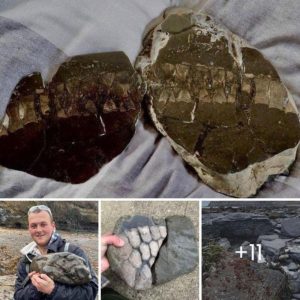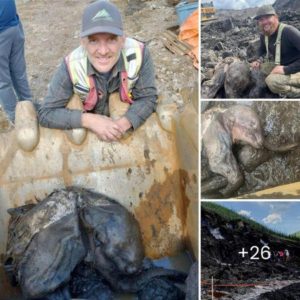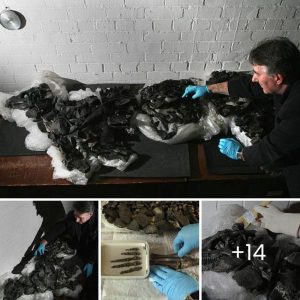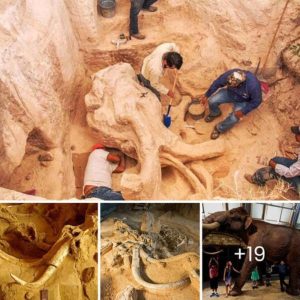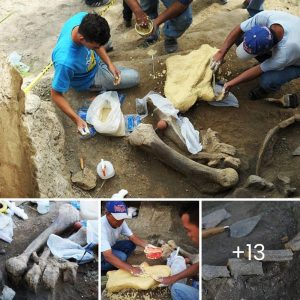The discovery of Baryonyx fossils in England is a significant paleontological find that provides insights into a 130-million-year-old predator, offering a window into the Earth’s prehistoric past.
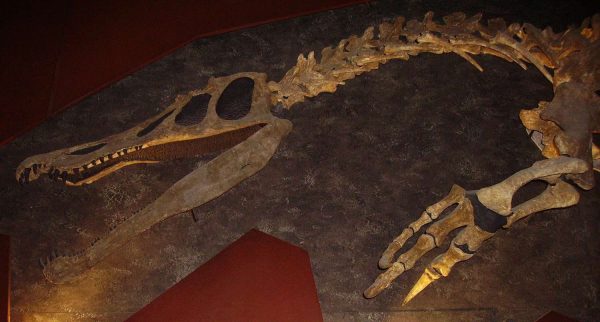
Baryonyx, which means “heavy claw,” was a carnivorous dinosaur that lived during the Early Cretaceous period, approximately 130 million years ago. It belonged to a group of theropod dinosaurs, known for their bipedal stance, sharp teeth, and carnivorous diet.
What sets Baryonyx apart is its unique adaptation for hunting fish. Fossils of this remarkable predator have been found in various locations, including England, Spain, and Portugal.
The discovery of Baryonyx fossils in England is of particular significance because it provides important clues about the distribution and diversity of dinosaurs in ancient Europe. It underscores the fact that these fascinating creatures roamed the continent during the Early Cretaceous, contributing to our understanding of the region’s prehistoric ecosystem.
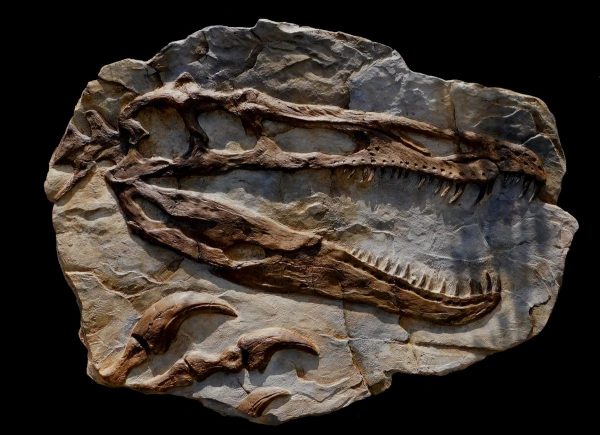
Baryonyx is characterized by its distinctive features, including a long and slender snout, which indicates its specialization in catching fish. The dinosaur’s jaw was filled with conical teeth ideal for grasping slippery prey, such as fish. This adaptation highlights the incredible diversity of theropod dinosaurs and their ability to exploit various niches within their ecosystems.
The fossils themselves offer a wealth of information about Baryonyx’s size, anatomy, and potential behavior. By analyzing the skeletal remains and other preserved features, paleontologists can estimate its physical characteristics and piece together its place in the food chain.
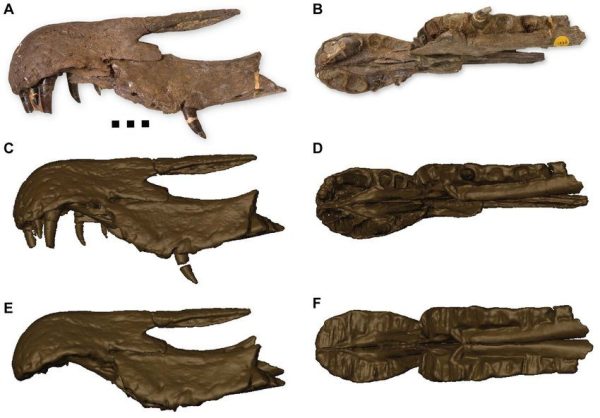
The geological context of the discovery is equally valuable. Understanding the sedimentary layers in which the fossils were found helps scientists reconstruct the ancient environment and ecosystem in which Baryonyx lived. This knowledge contributes to our broader understanding of the Earth’s geological history and the distribution of life during the Early Cretaceous.
The ongoing exploration and excavation of dinosaur fossils in England and across Europe are a testament to the dedication and expertise of paleontologists who work tirelessly to uncover the mysteries of the past.
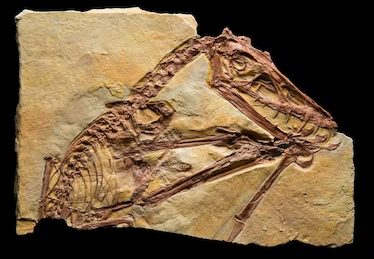
Each new discovery, such as Baryonyx, enriches our understanding of the world as it existed 130 million years ago, with its remarkable and diverse inhabitants.
Baryonyx, with its specialized adaptations and unique place in the dinosaur family tree, serves as a fascinating piece of the puzzle in the story of Earth’s ancient past. As we continue to unearth and study these prehistoric relics, we gain deeper insights into the world of the Early Cretaceous and the incredible creatures that once called it home.

